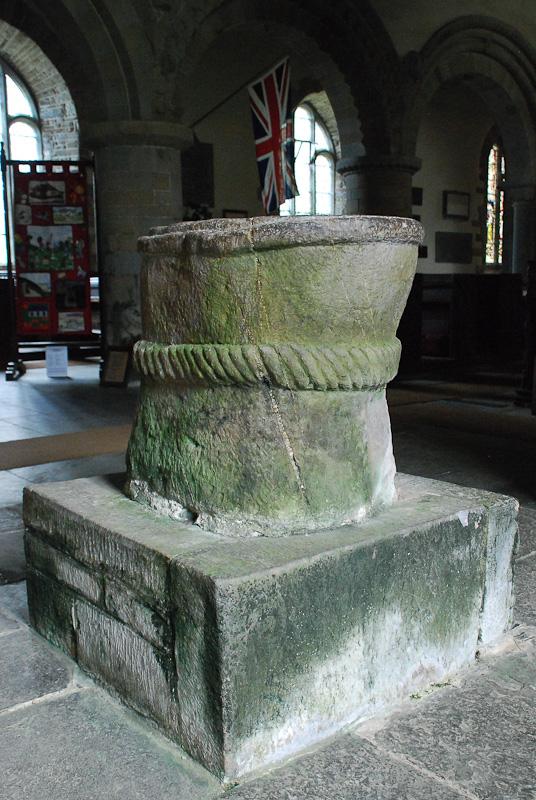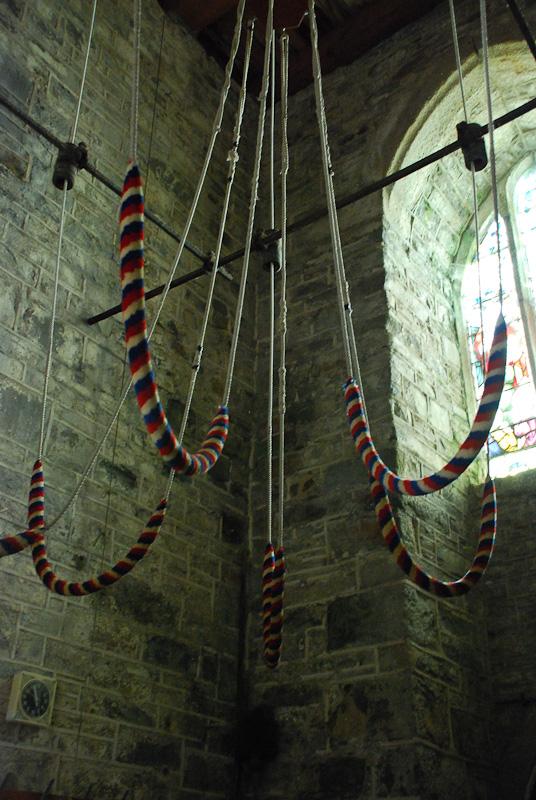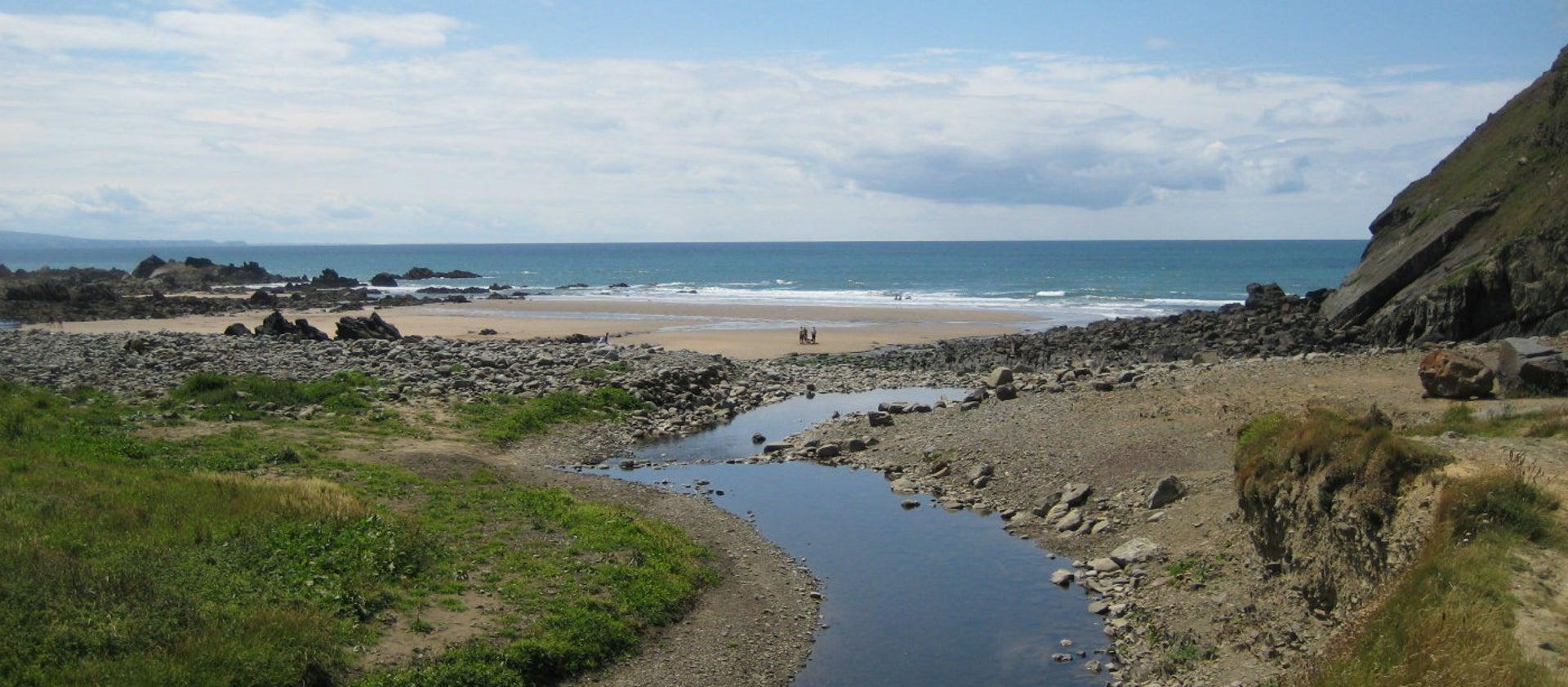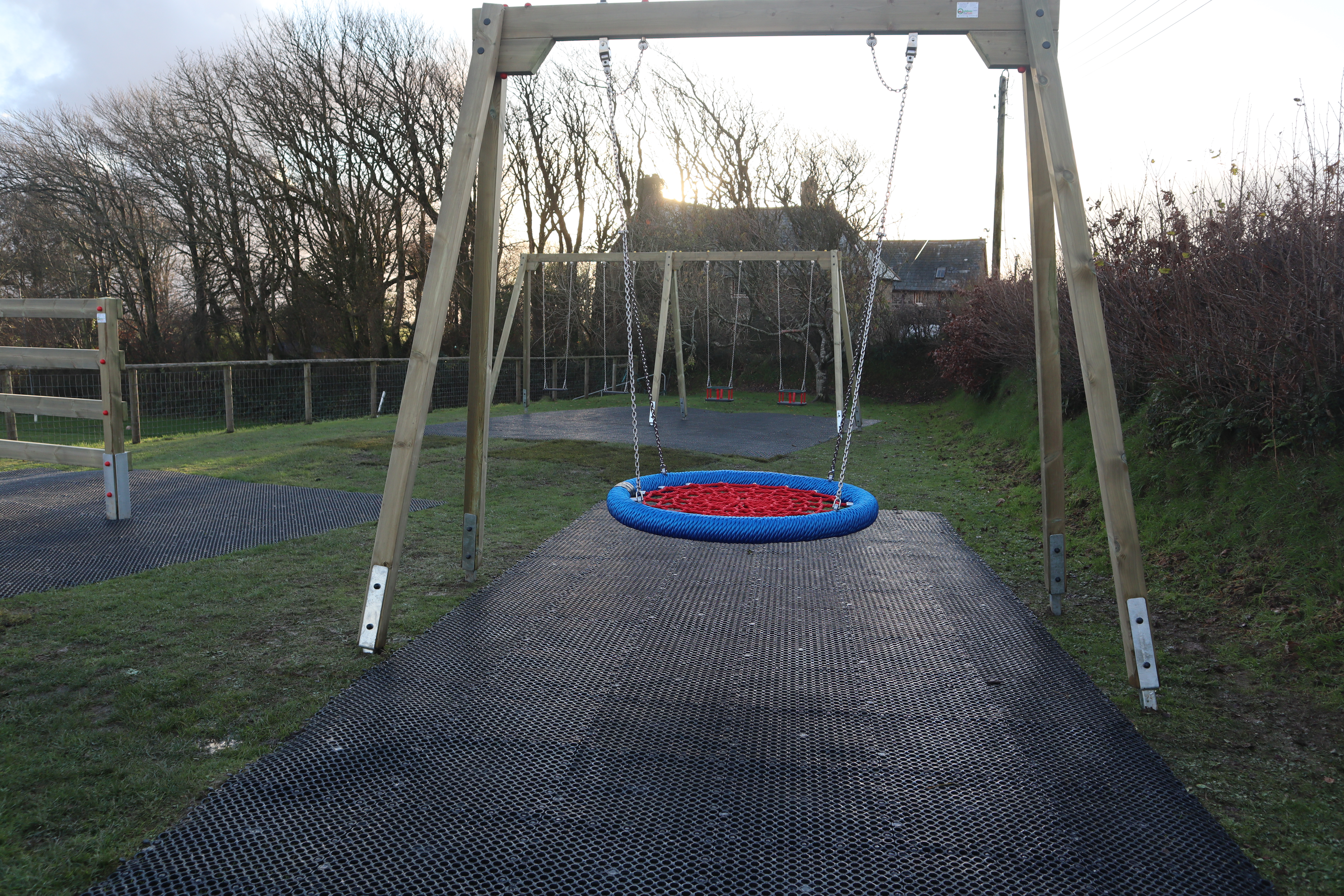-
07775 726 907
Morwenstow Parish Council – a history
Vestries
Parish Councils carry on a tradition of local people serving their communities that has existed for centuries. Their immediate preceding body was the Vestry Meeting. These originated in the 16th Century when the “twelve men” of the parish took turns to perform the necessary governance of local matters, meeting in the eponymous vestry.
Parish Councils
It was the Victorians who rationalized local government. The religious community had broadened from solely Church of England and even their membership was in decline. The Victorian reforms left the spiritual side of things to the church which retained their vestry meetings. Many of the previous vestry functions had been overtaken by new legislation such as the Poor Laws. The establishment of the Police Force bypassed the need for a Parish Constable and roads became the responsibility of national and county bodies. The enactment of the Local Government Act in 1894 which provided each parish with a secular council to administer to local material needs left the vestry with little but ecclesiastical matters to deal with. The new responsibilities of Parish Councils included appointing overseers of the poor, maintaining and repairing closed churchyards, holding and maintaining parish property (greens, allotments and recreation grounds) and the acquisition of buildings and land. Morwenstow was at the forefront of this new endeavor and formed Morwenstow Parish Council in that year. The first Chairman was John Shearm Cottle who convened the first meeting of the new parish council on 4th December 1894 together with 10 elected councillors. [Fig 1]In contrast to the vestry, they met in St Mark’s School. The first full meeting was held in March 1895 when William Gregory Harris took over as chairman and councillors were elected to posts and resolutions relating to footpaths were moved and carried. He in turn only served one year and was succeeded by Thomas Martin who remained in post until 1917.
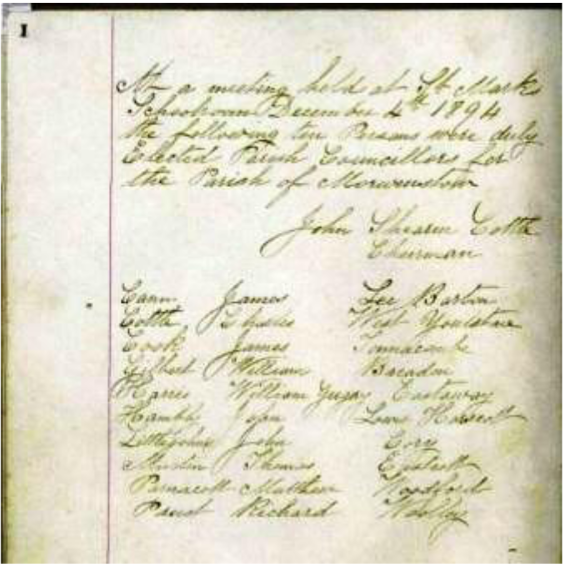
Councillors
Chairmen, all from the local community, continued to succeed each other
with fairly long terms providing much needed continuity. Below is a list of
Chairmen with their length of service.Councillors either served their four years, from one election to the next,
or remained on the parish council for a number of years serving as councillors
and in some cases as Chairman. Frank Colwill served for 34 years. The picture
[Fig 2] of his retirement presentation also shows many other councillors who
also served for a large number of years. The first women councillor was Mrs
Dorothy Davy in 1967 but since then many other women have given their time as
councillors and still do


Clerks
Clerks typically served for only a few years until Francis WP Hambly took over in 1909 and served until his death in 1944. It was during his term that the name of our parish became standardized. At the February 1902 meeting a resolution was passed to ask the postal authorities to recognize a list of eight different spellings of the parish because telegrams were being delayed when a variation of the parish name was being refused as“there was no such Telegraph Office”. Over the years there have been numerous variations in spellings ranging from the archaic“Moorwynstowe”to the more modernMorwenstowe. It was not until WP Hambly was in office in 1931 that Morwenstowwas established as the preferred spelling. [Fig3]


Mr Hambly’s replacements too were short-term until John Davy, head master at StMark’s School,took over in January 1962. He remained in post until 2005, a record 43 years.
His retirement gift to the parish was the medallion worn by current chairmen, comprising within a roundel:- St Morwenna (from the wall painting in the parish church),
“zigzag”lines denoting the Atlantic Ocean (RSHawker“even the zigzag mouldings on our Norman Arches signify the ripple of the Sea of Galilee), and 6 bezants as opposed to the 15 in the Cornish coat of arms, but representing
Morwenstow’s six hamlets (Eastcot,Crosstown, Gooseham, Shop, Woodford and Woolley) set on the green countryside of the parish . In return he was awarded the, and so far only, Freeman of the Parish. [Fig4]
Agenda items
Over the years, the parish council has had to deal with many and diverse subjects. At his retirement, John Davy ensured the six completed Minute Books were deposited at Kressen Kernow (the Cornwall Record Office). The first volume lasted 39 years, the second 29 years then 14, 7, 9 and 9 years respectively. This is a measure of how much business was transacted at parish council meetings had increased over the years.
Some of the subjects dealt with ranged from Allotments, Overseers, Footpaths and Bridges, Candle mass money and Housing. Responsibilities developed over the years as Air Raid shelters were added, then buses and shelters, provision of electricity, provision of water for fire fighting, licensing and the provision of a parish hall. Post war, planning came onto the agenda as did Cleave Camp and later the Hawker centenary. In fact over the years, the parish council took a leading role in many celebrations such as VE and VJ days, Coronations, Jubilees , Royal weddings, its own Centenary and the Millennium
Some sort of community centre was envisaged as early as 1948 and the Martin Room was once offered. Serious considerations began in 1979 and draft plans finalized in 1981 and building commenced in 1983 and opened in 1985. Following completion of the Community Center, its committee room became home to
the Parish Council from when they held their first meeting there on 16th January 1991. Developments of the hall and the grounds have continued including an additional small practice or 5-a-side pitch in 2007. The picture [Fig 5] shows three MPC Chairman who worked on the site.
In 1980 the parish newsletter “Hamlets” was established which has been published continuously reaching issue 428 at the start of this year.
Planning, which has its own meeting, and local rights of way, bridges, signs and greens continue to take up the bulk of the parish council’s agenda which are now recorded on computer and published on the Parish Council website.
Other issues are maintenance of parish equipment or responsibilities –play park, notice-boards, Community Centre and Duckpool toilets and Aunt Amy’s garden.
Current major issues have been the establishment of a broadband system primarily to manage complex planning issues and to minimize the printing of large volumes of paper based reports, meeting via social media to circumvent the pandemic restrictions whilst maintain the role of the council, and replacement of the paper-based Hamlets with an online version which you are now reading.
Author - Alan Rowland



